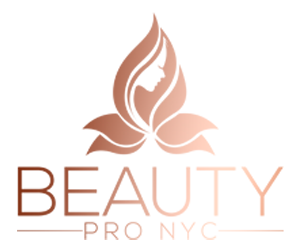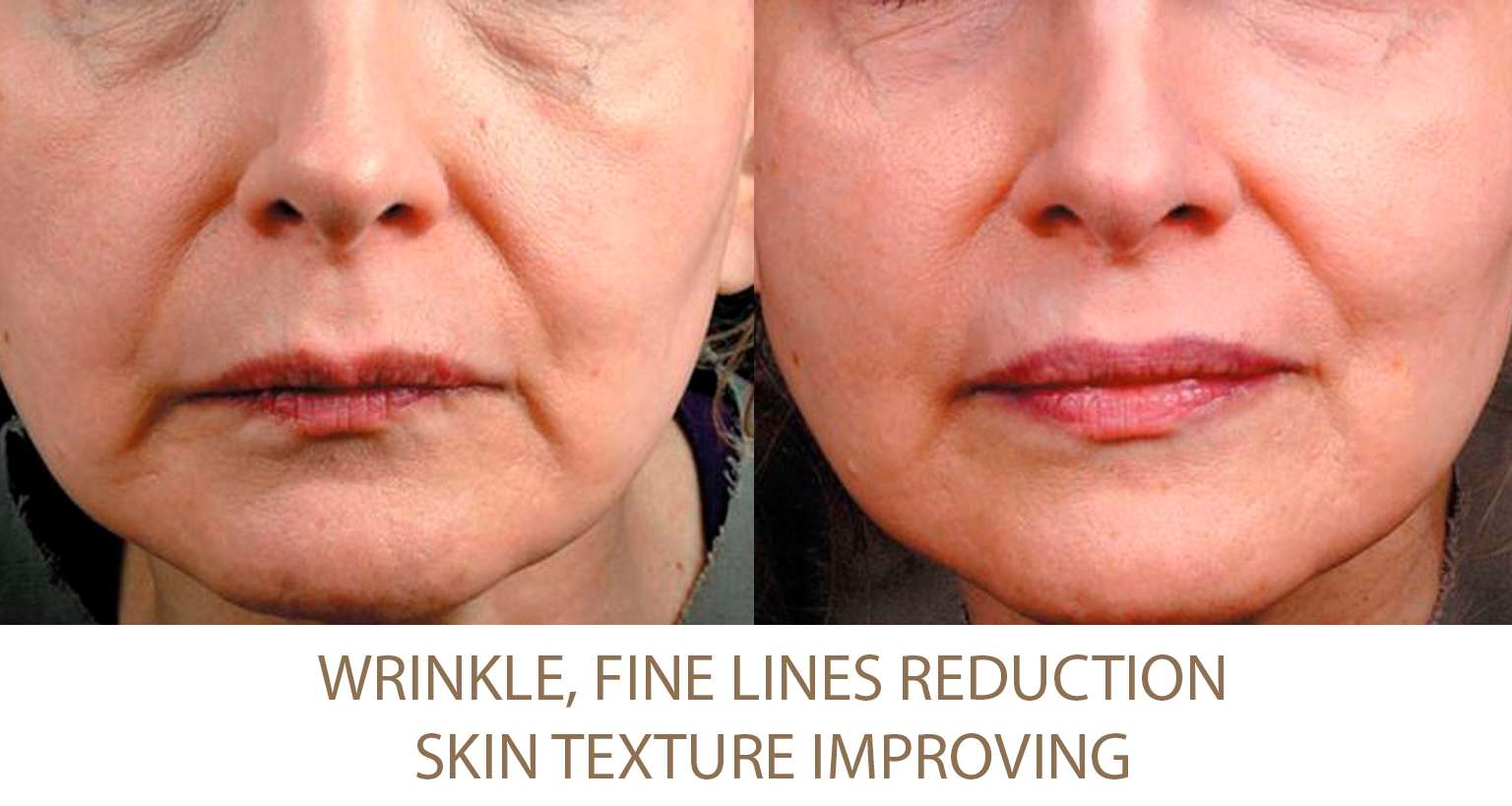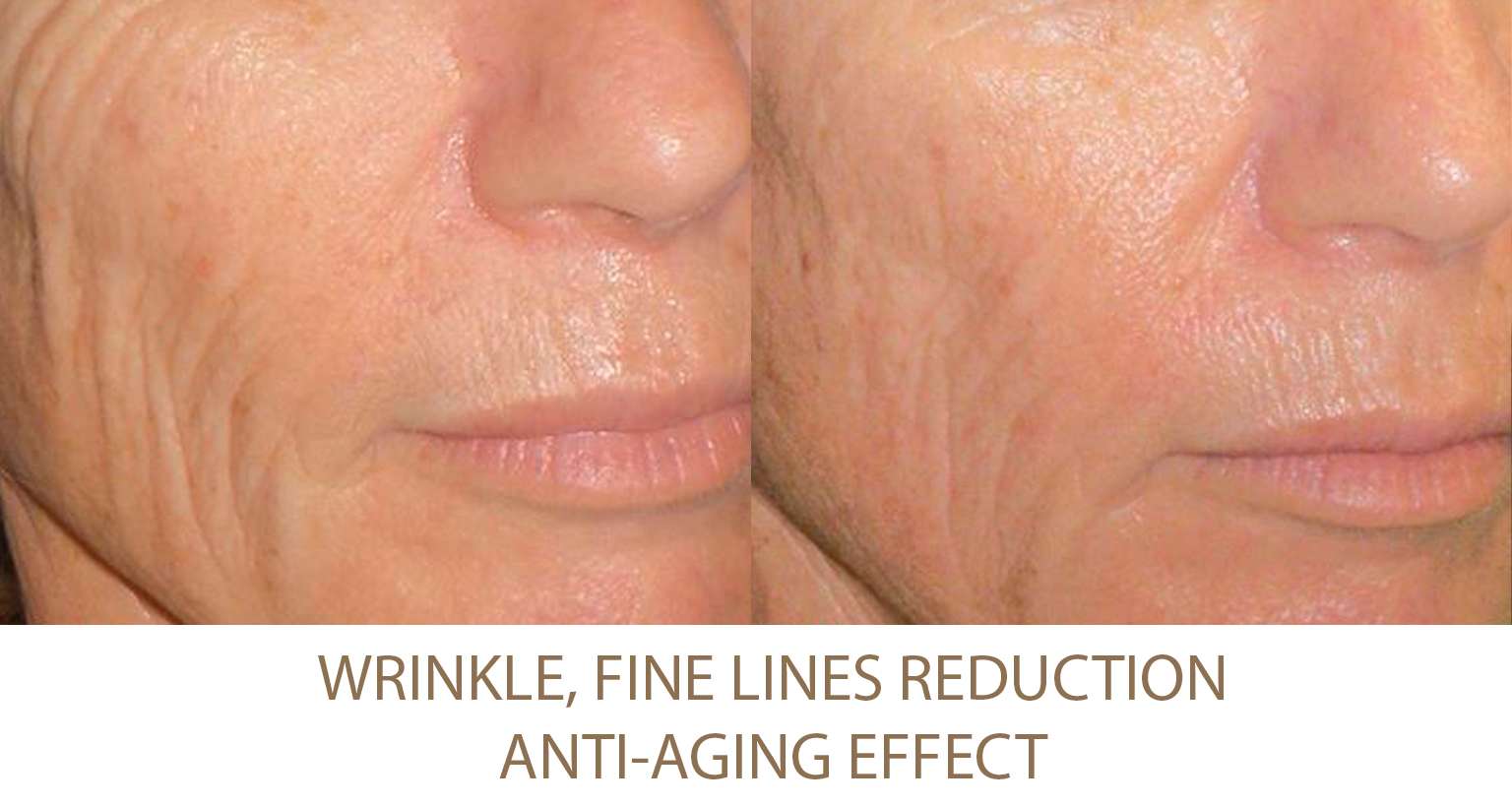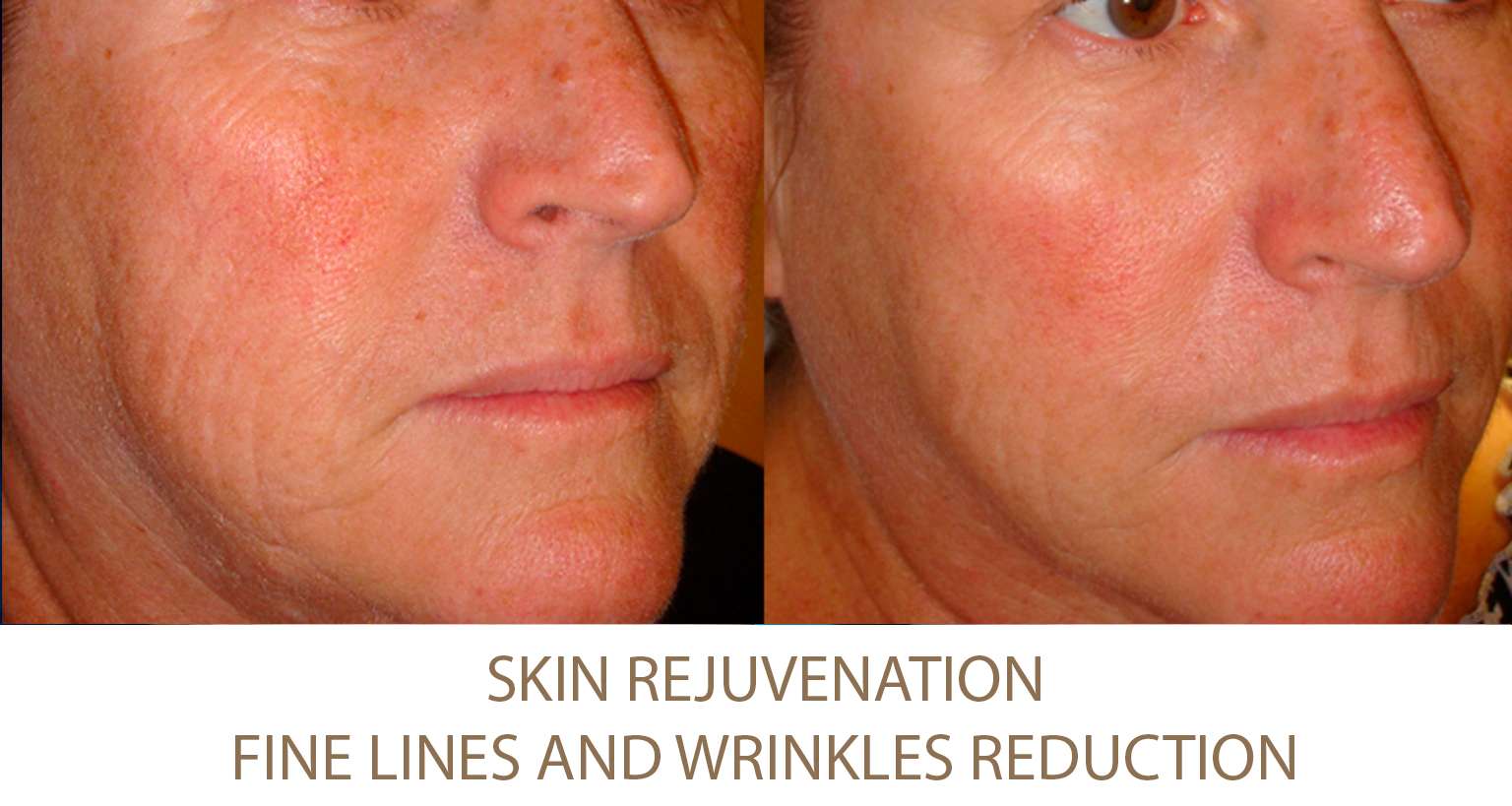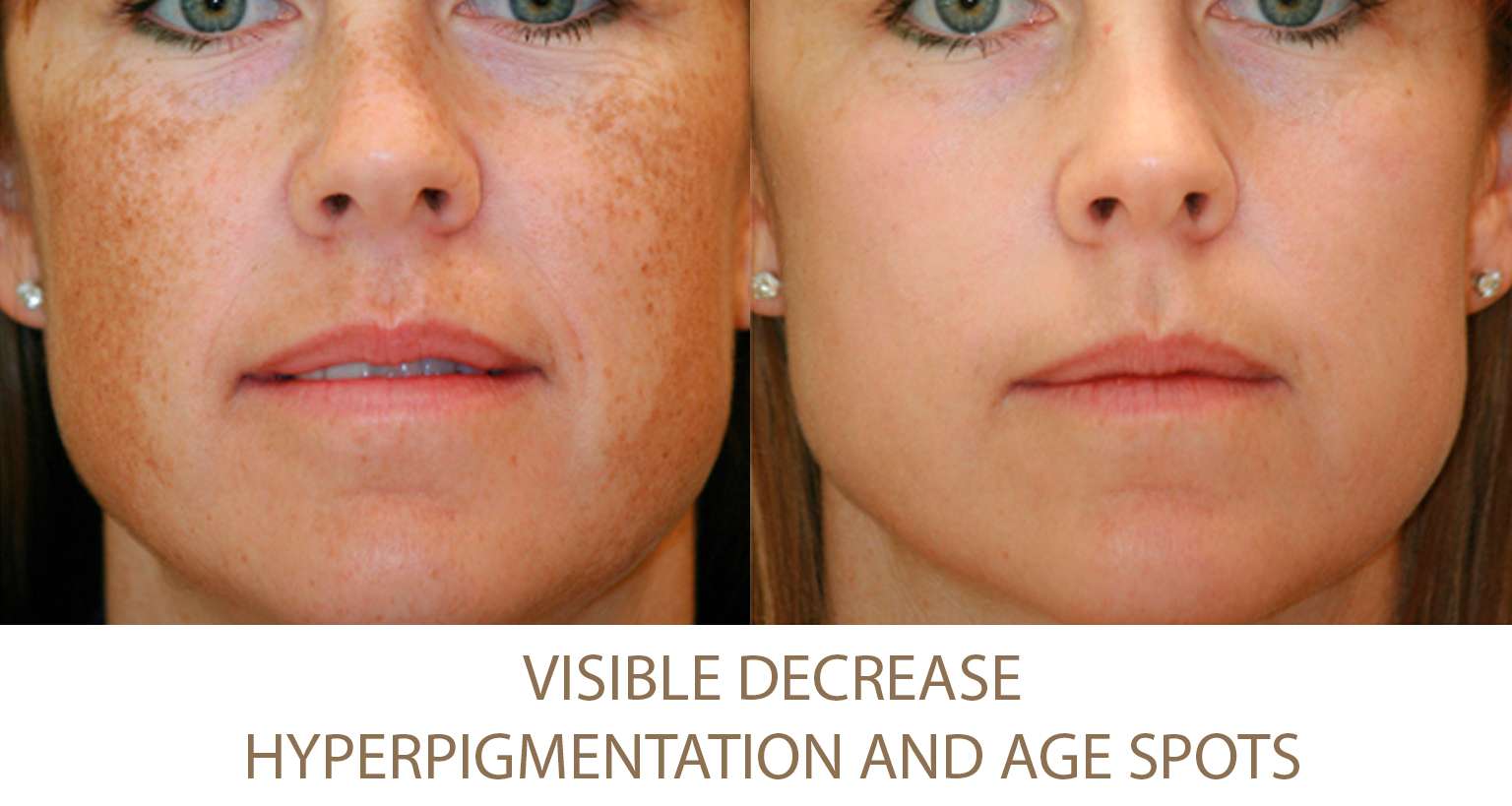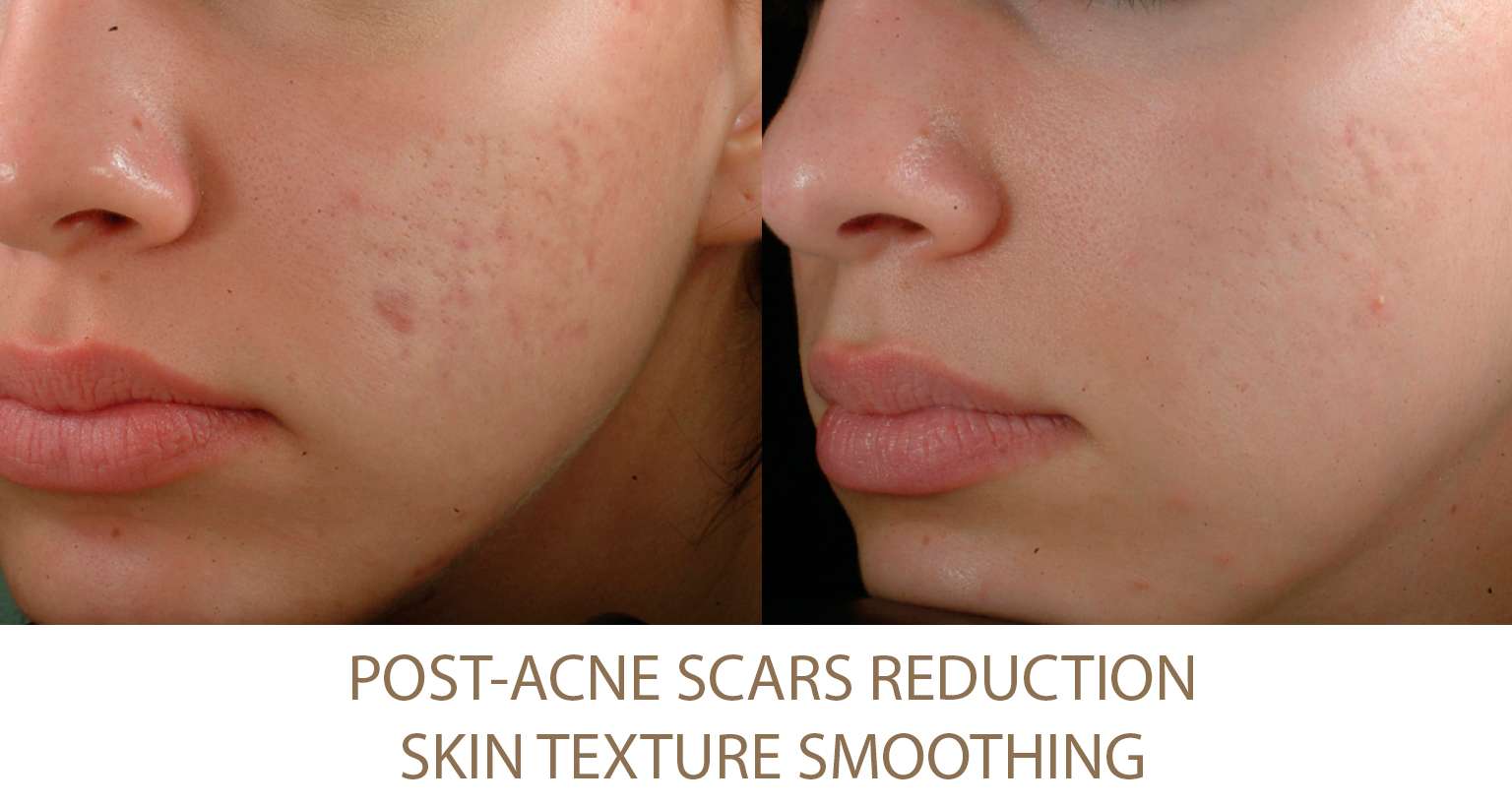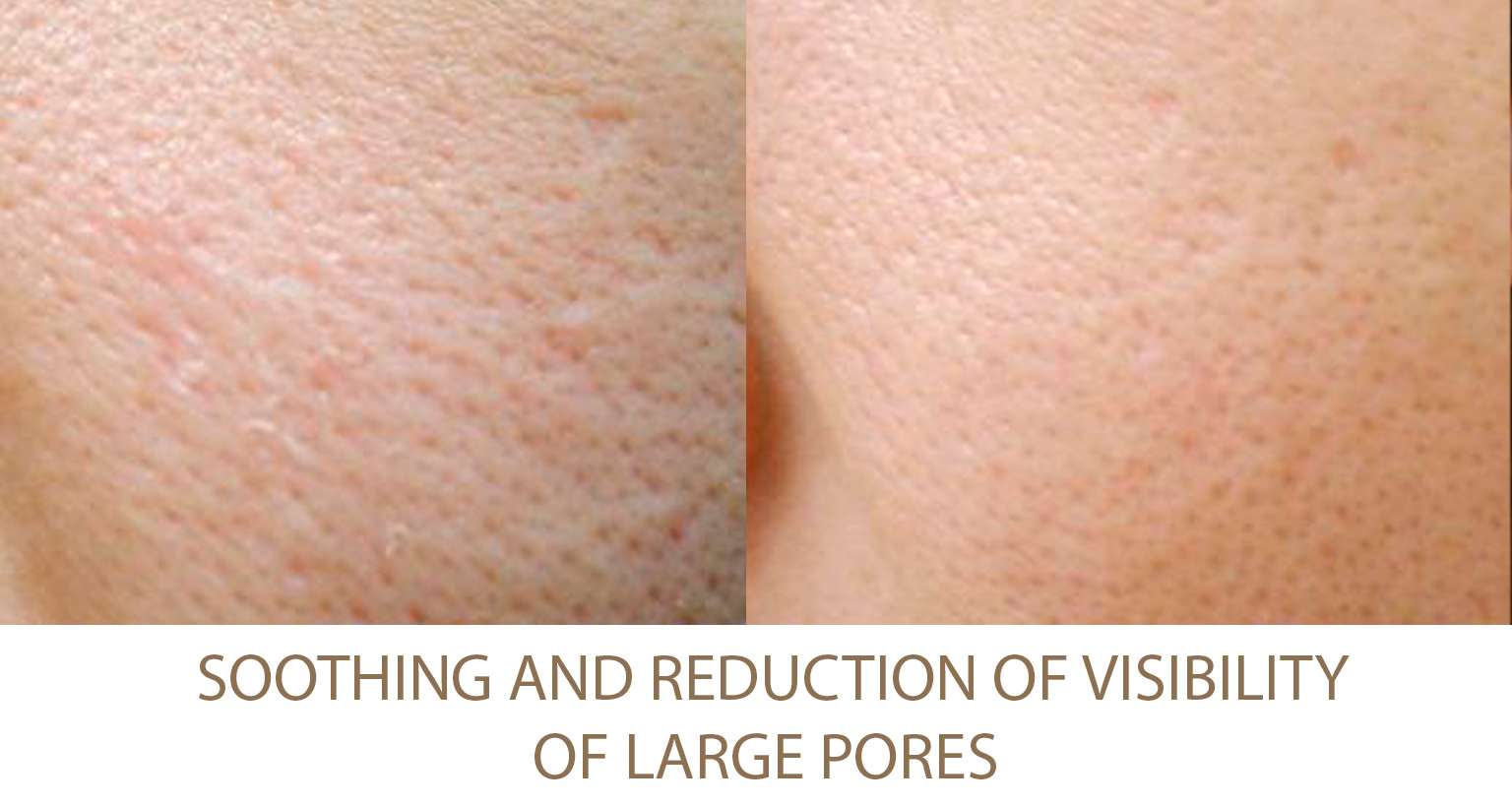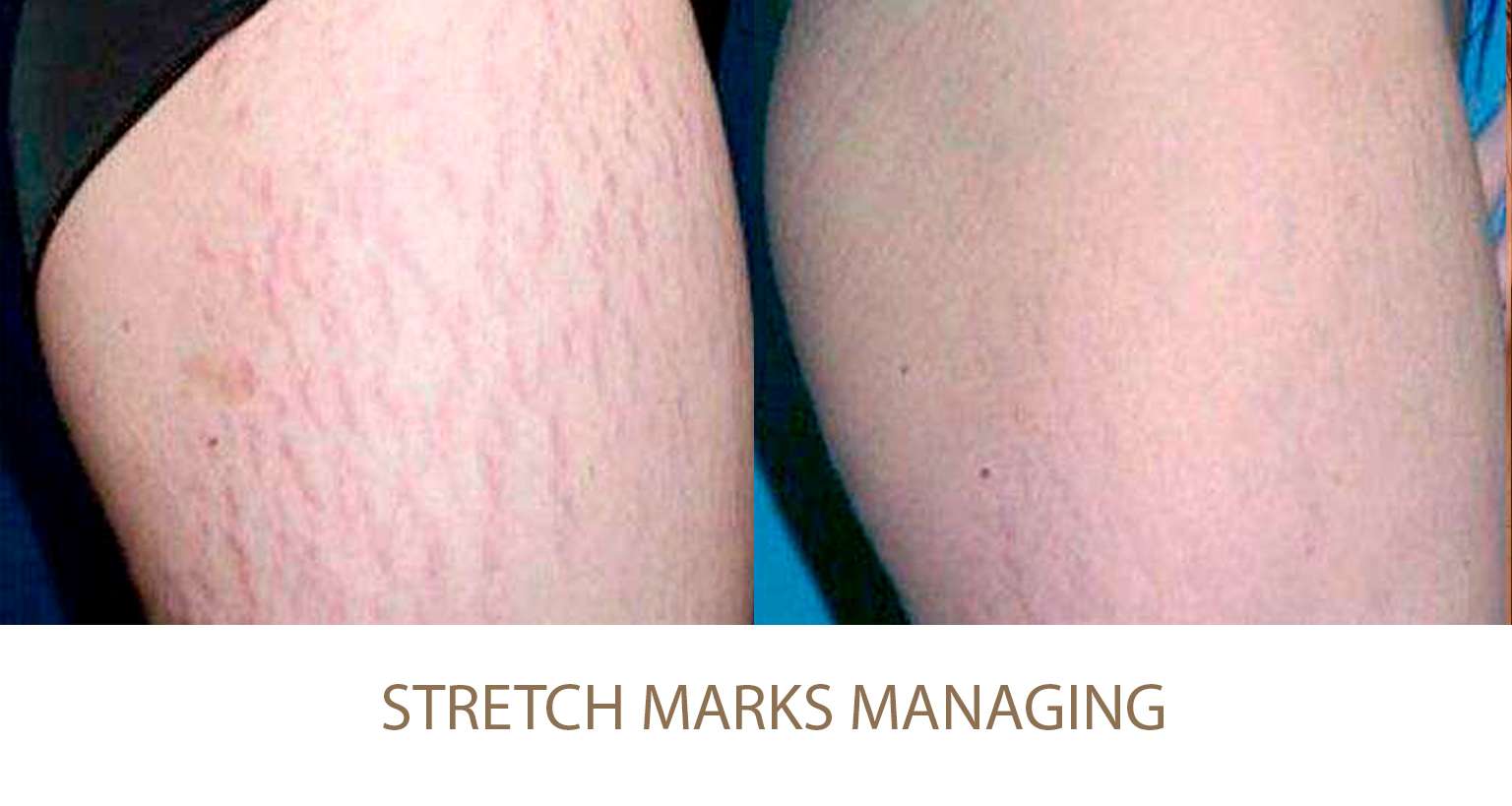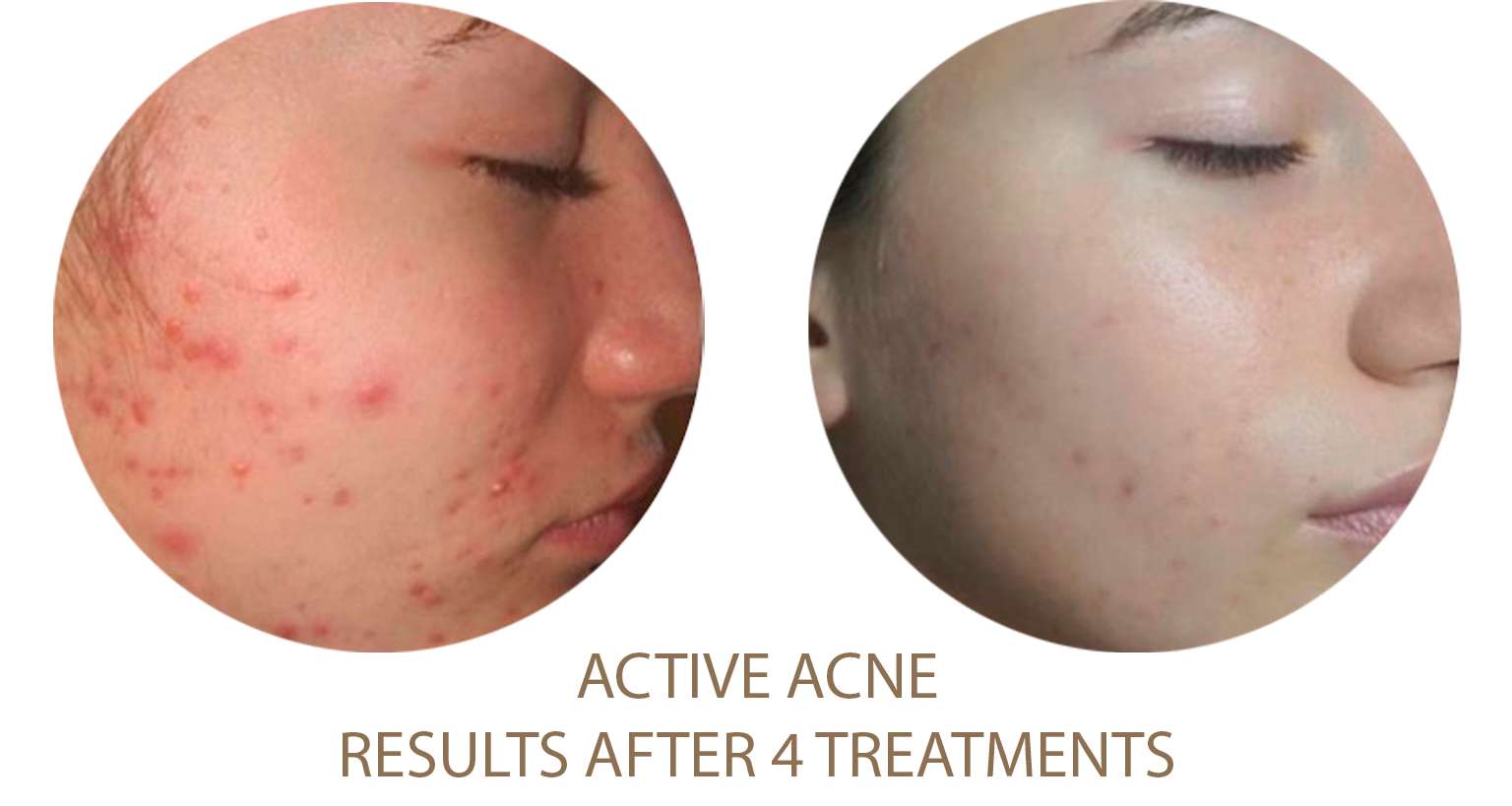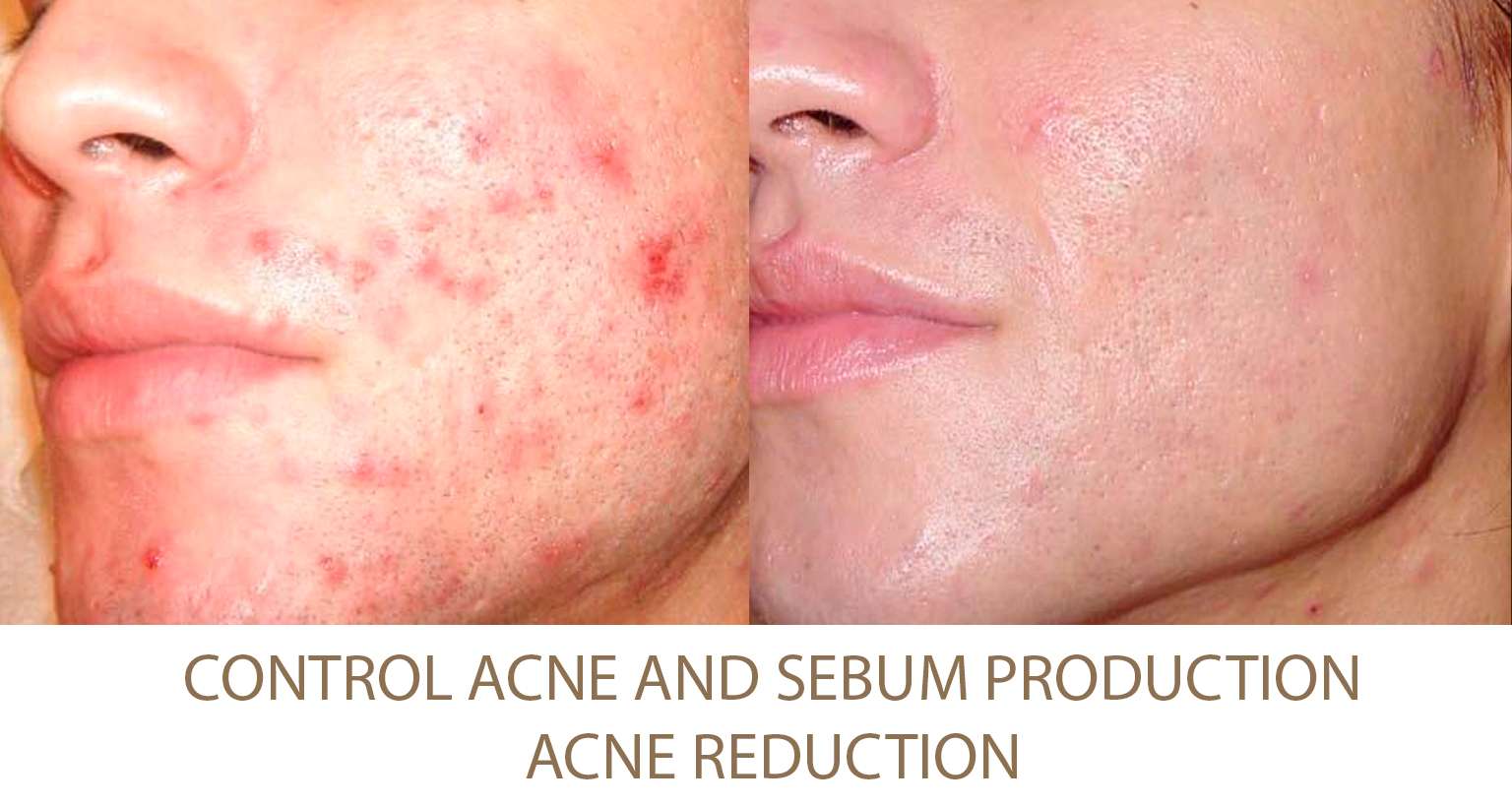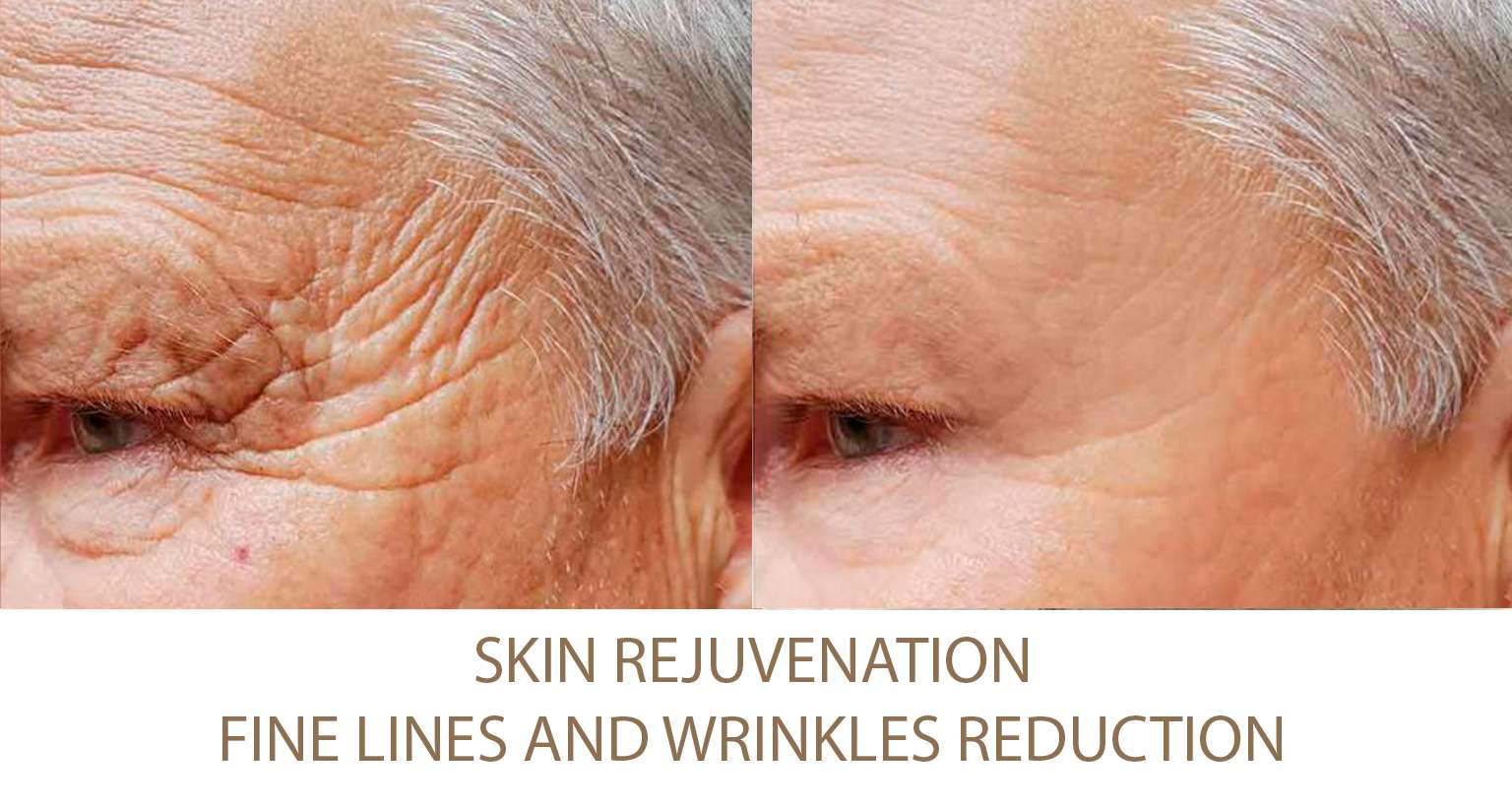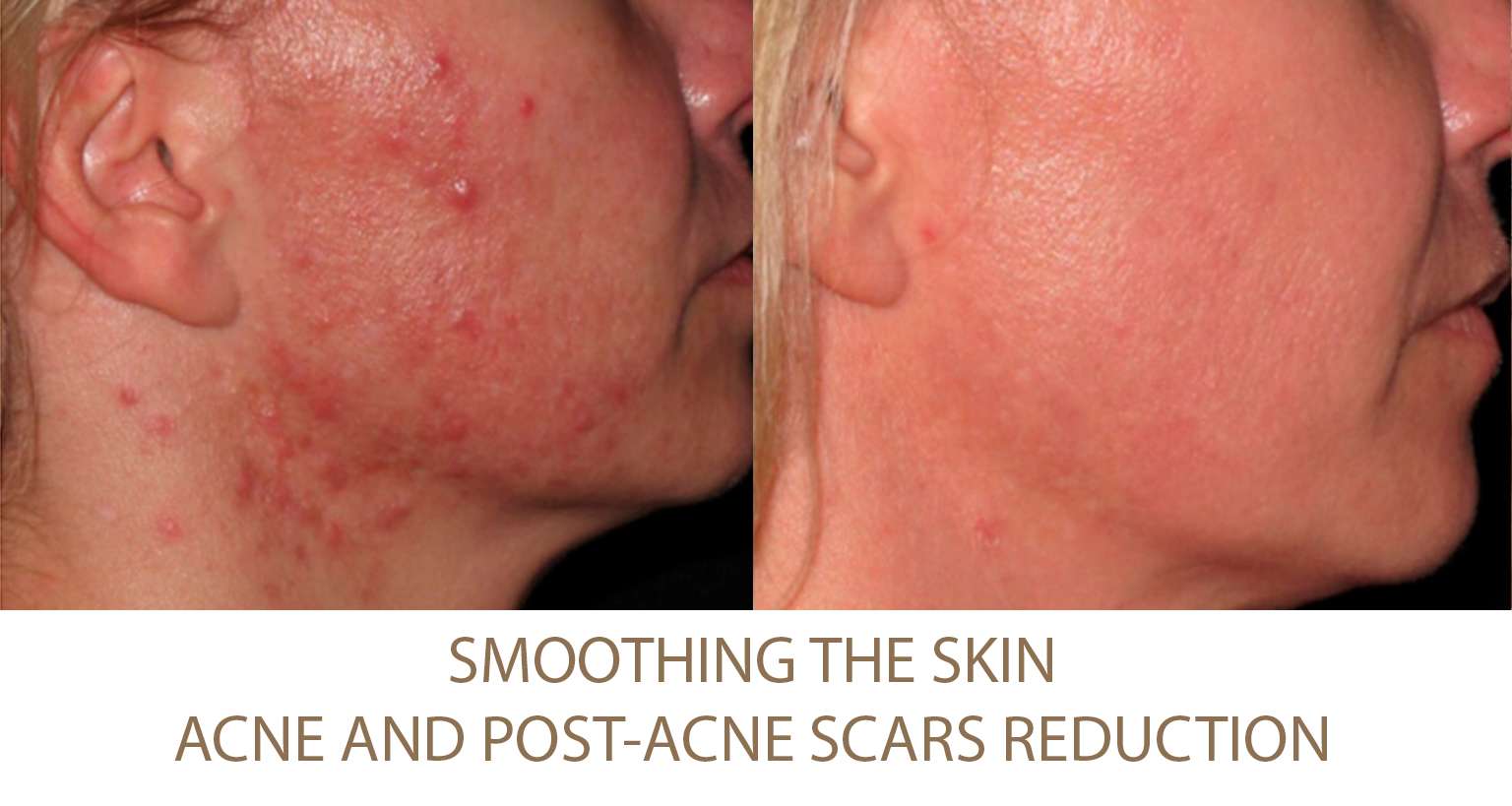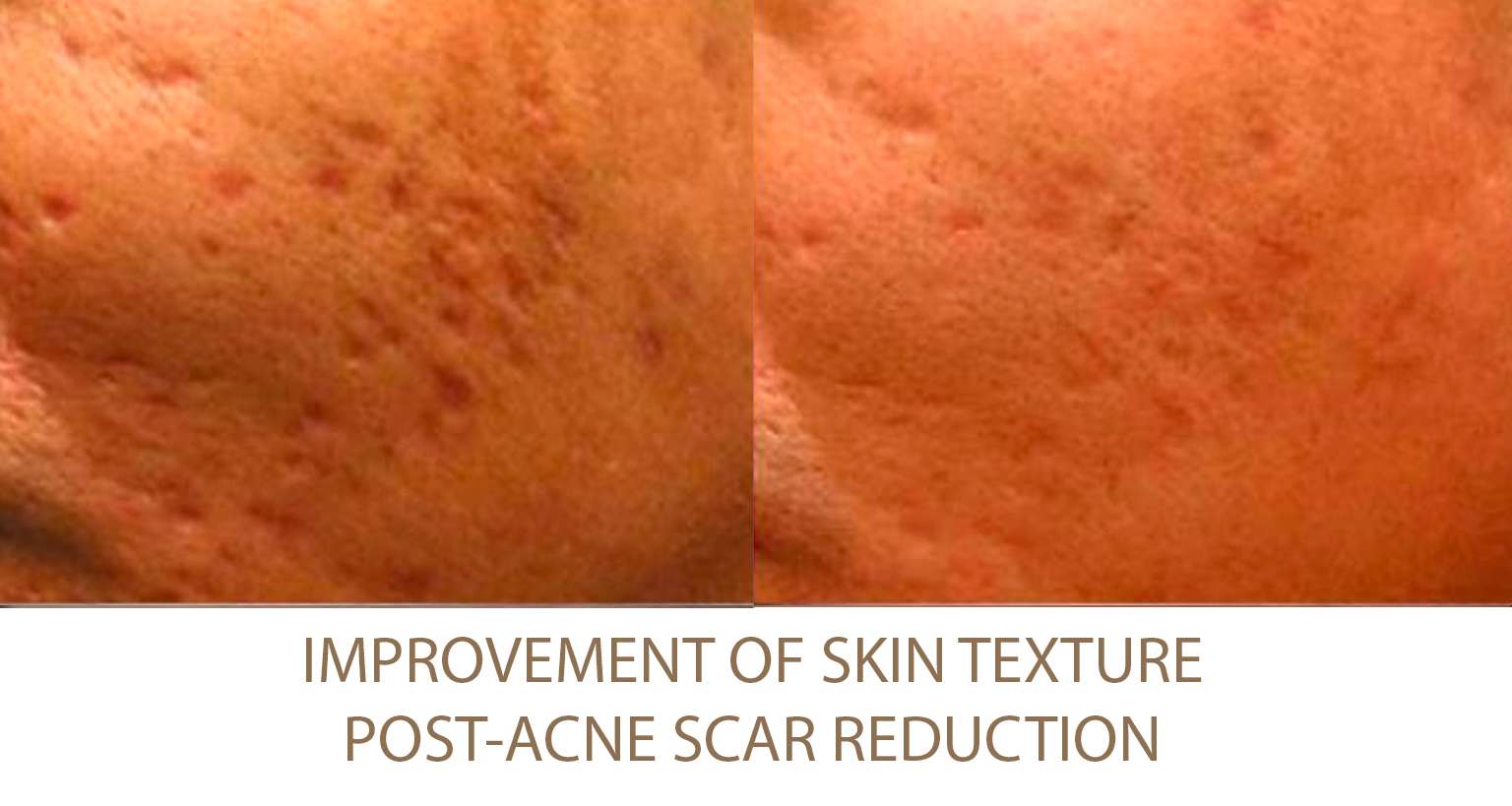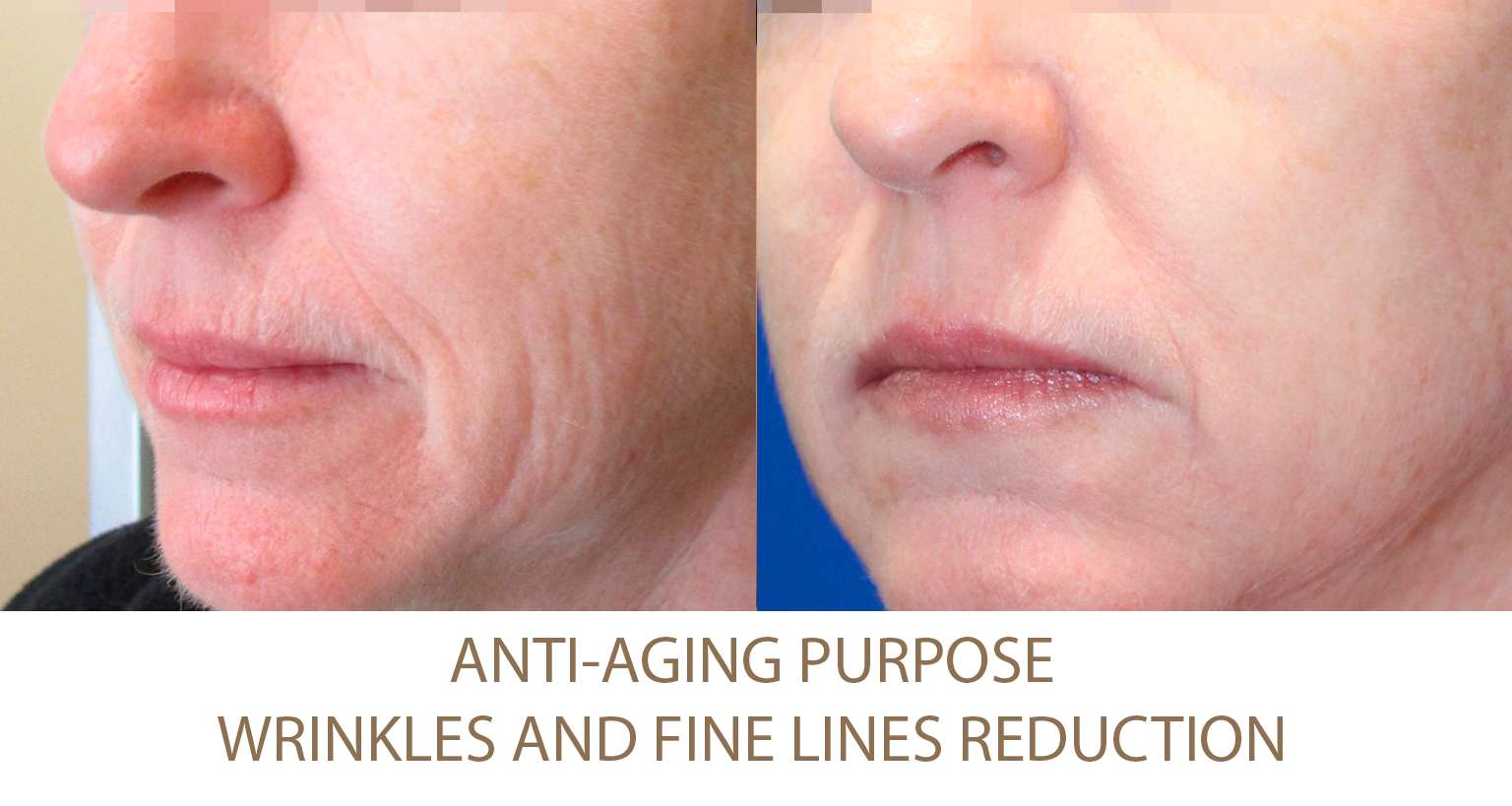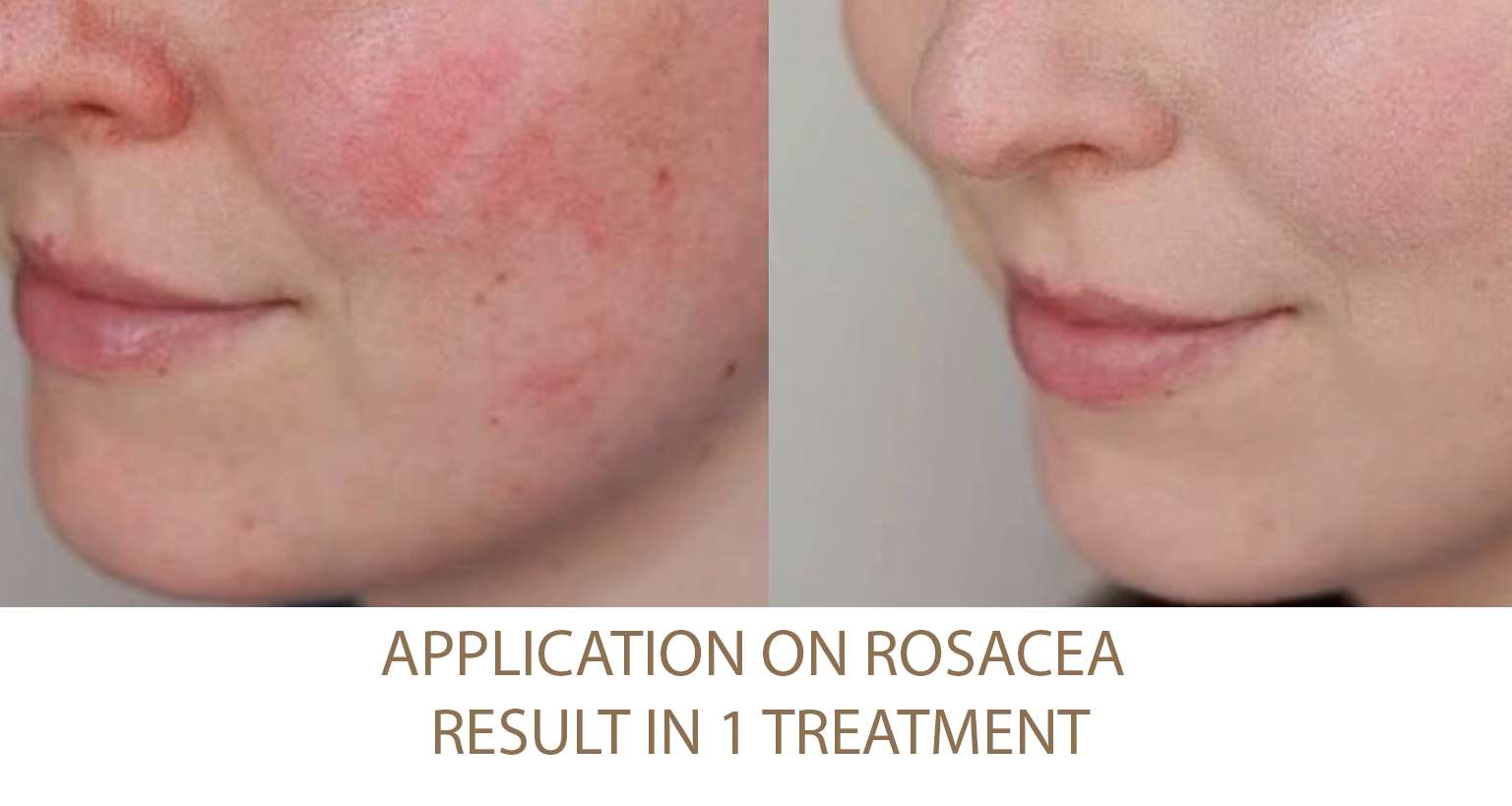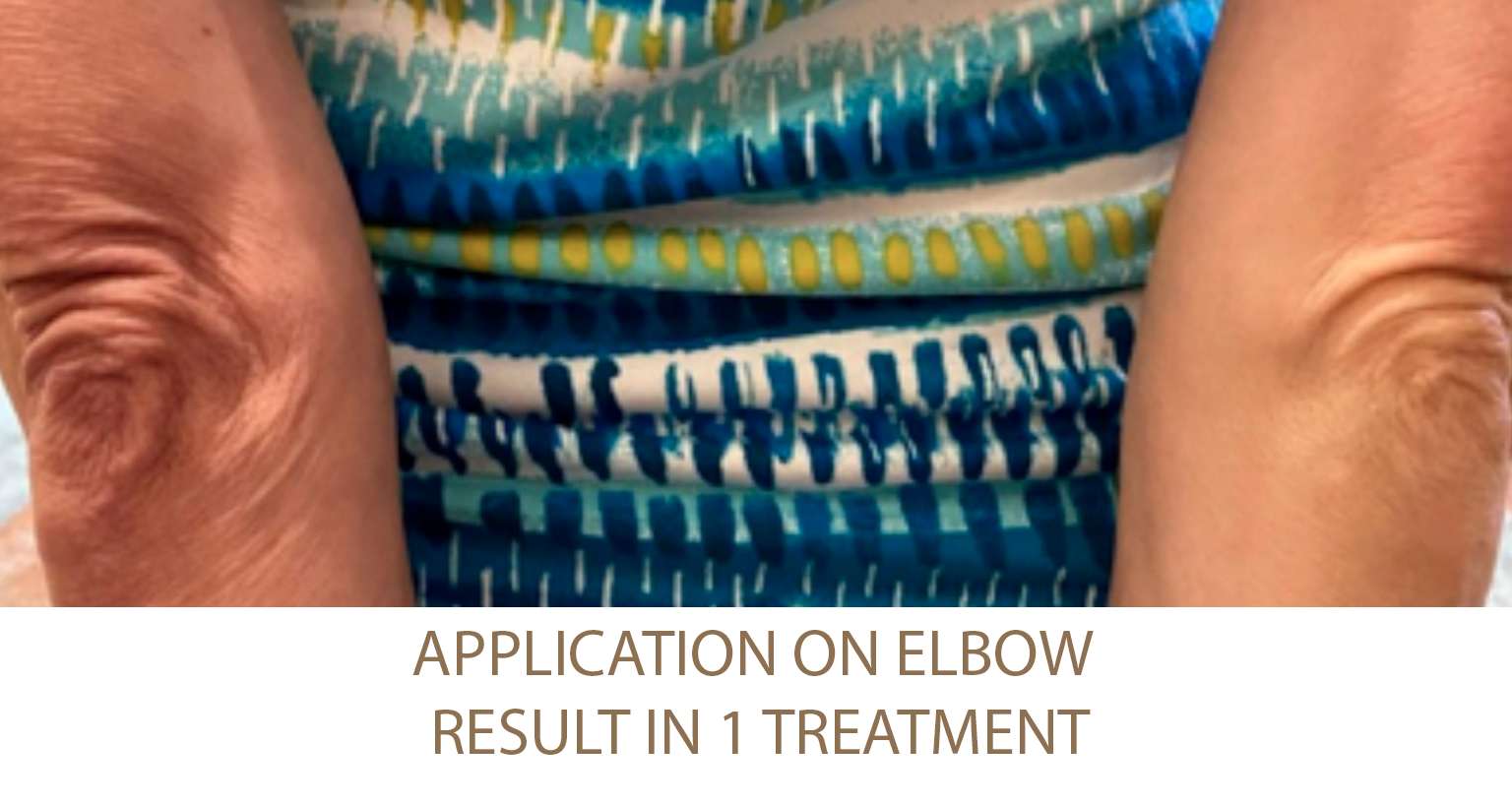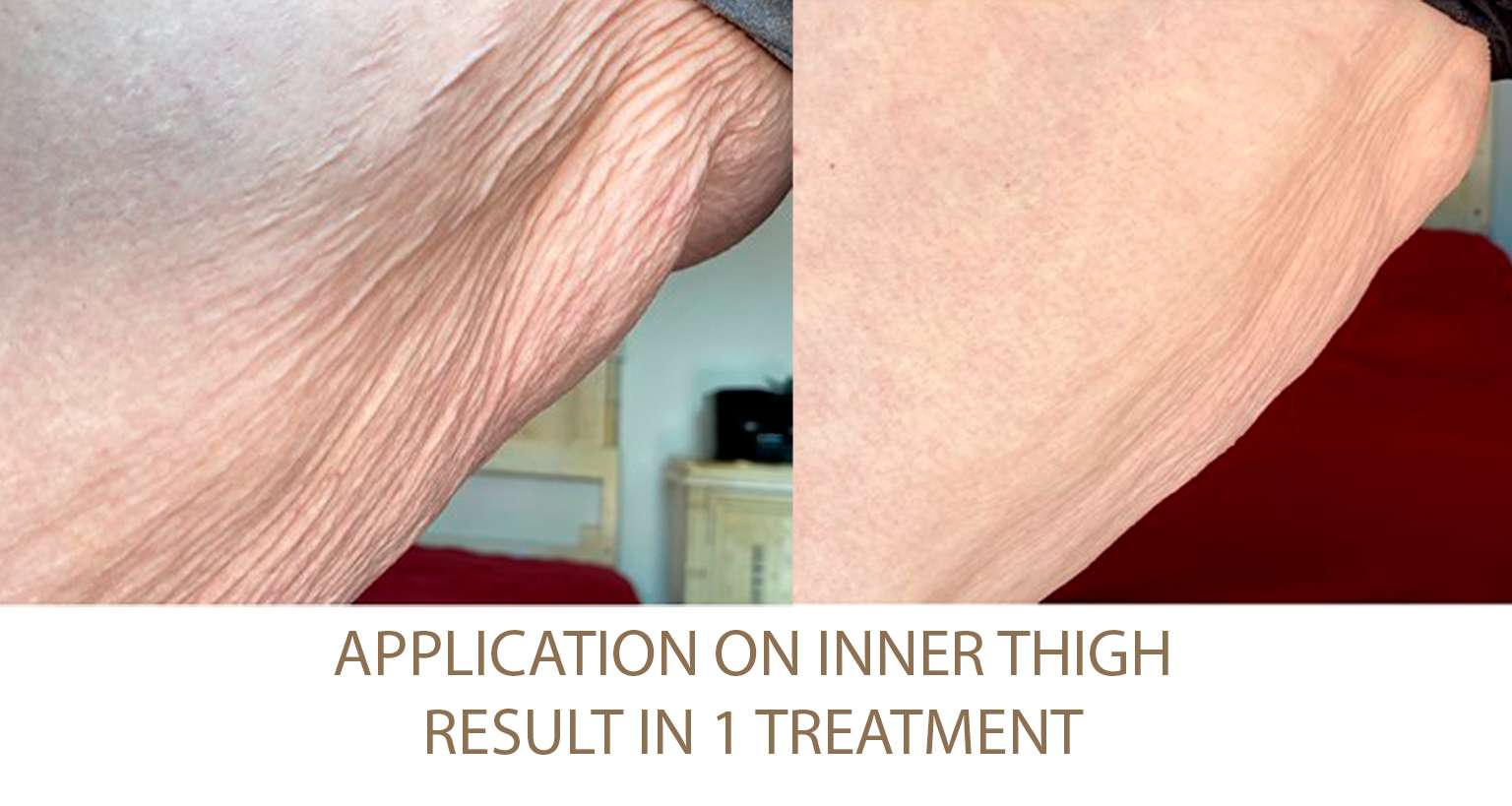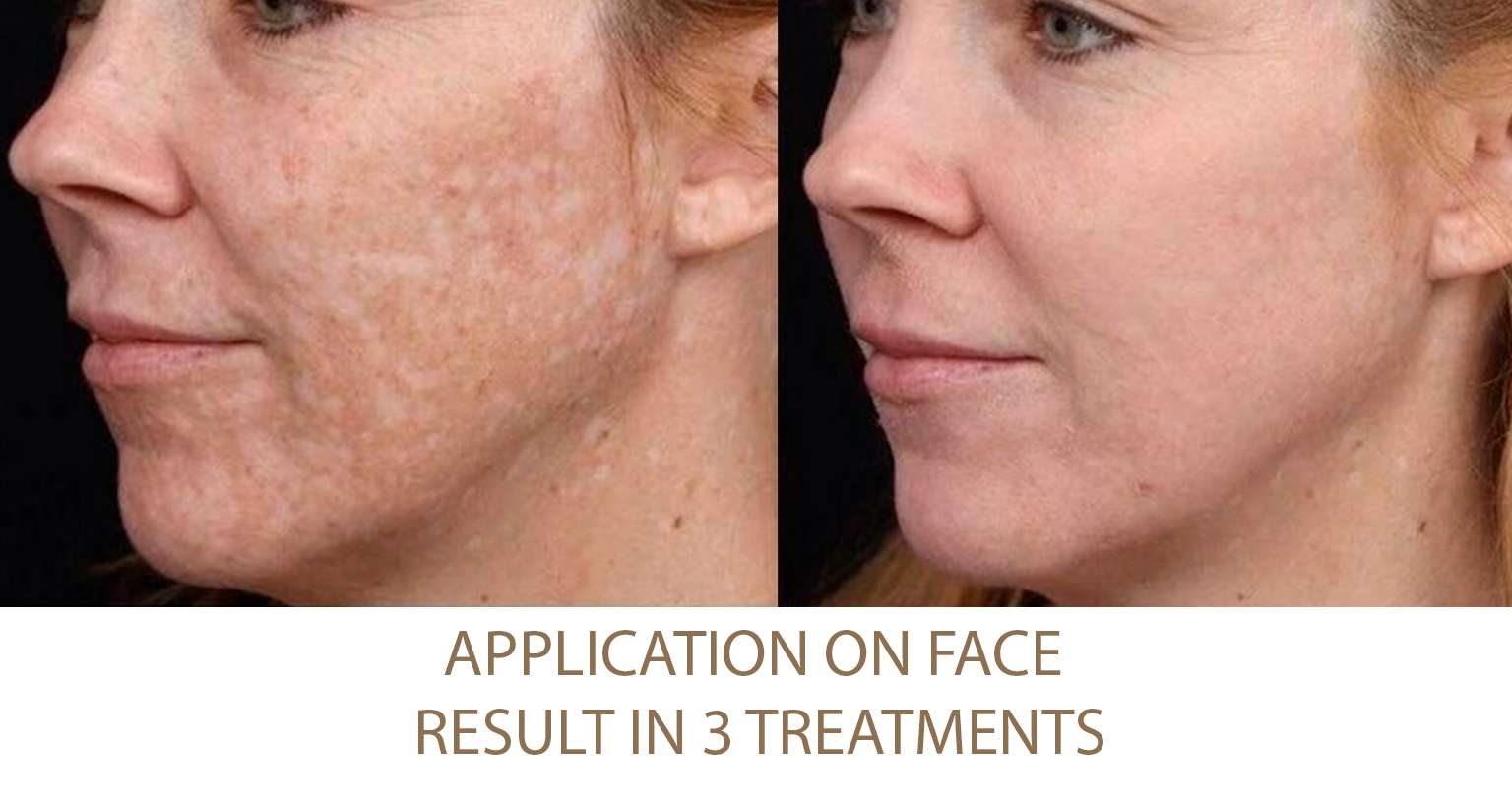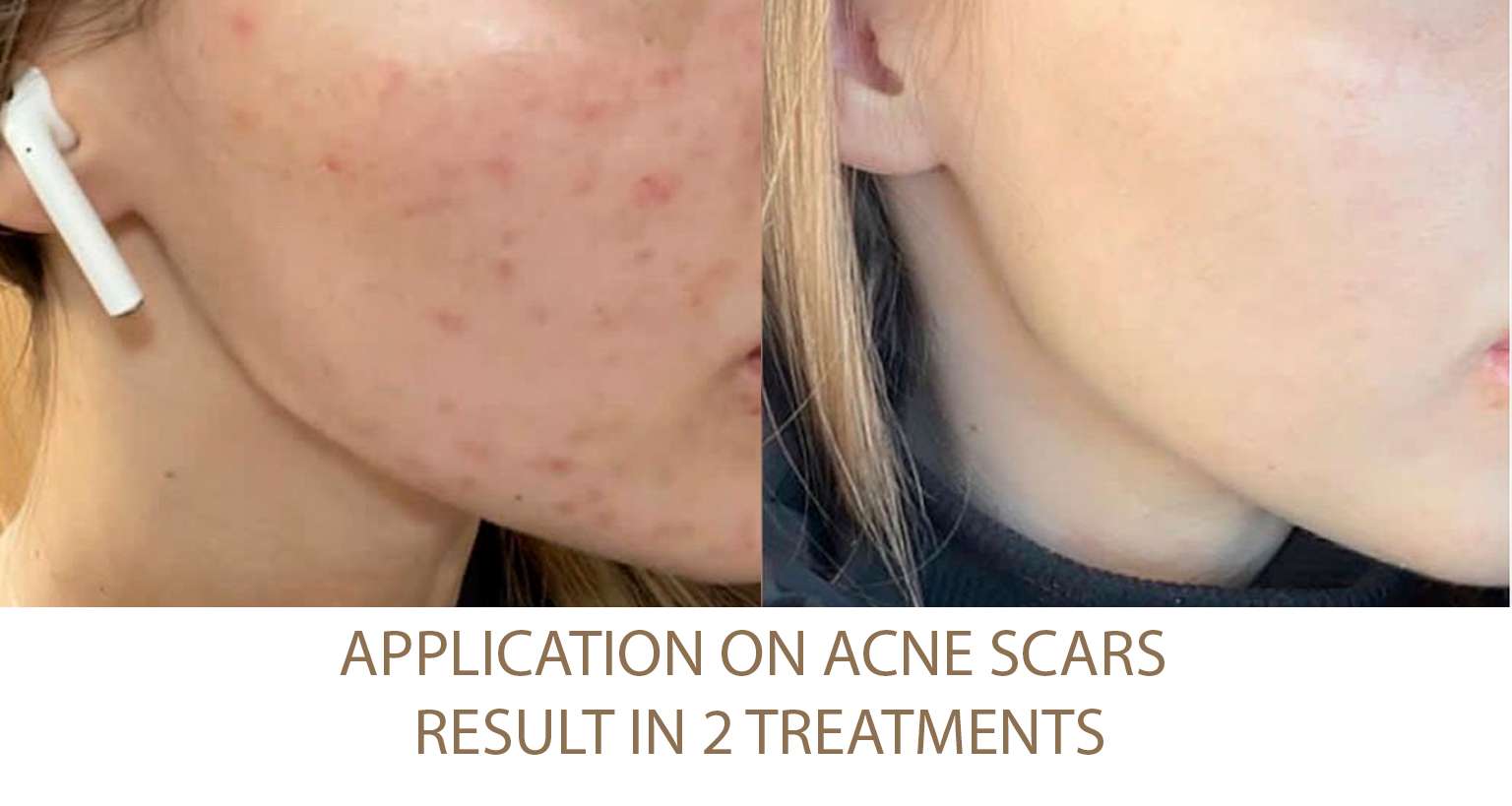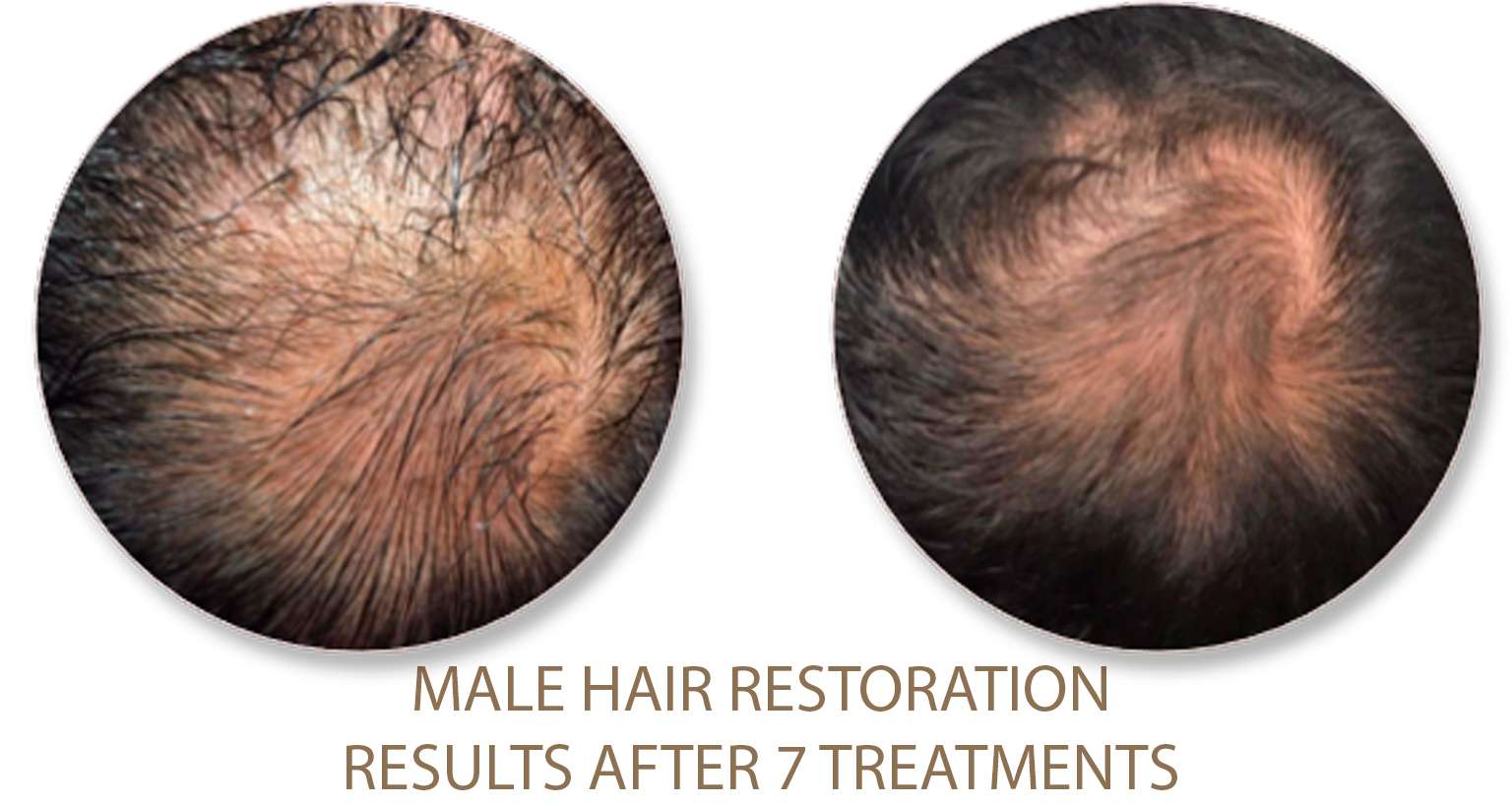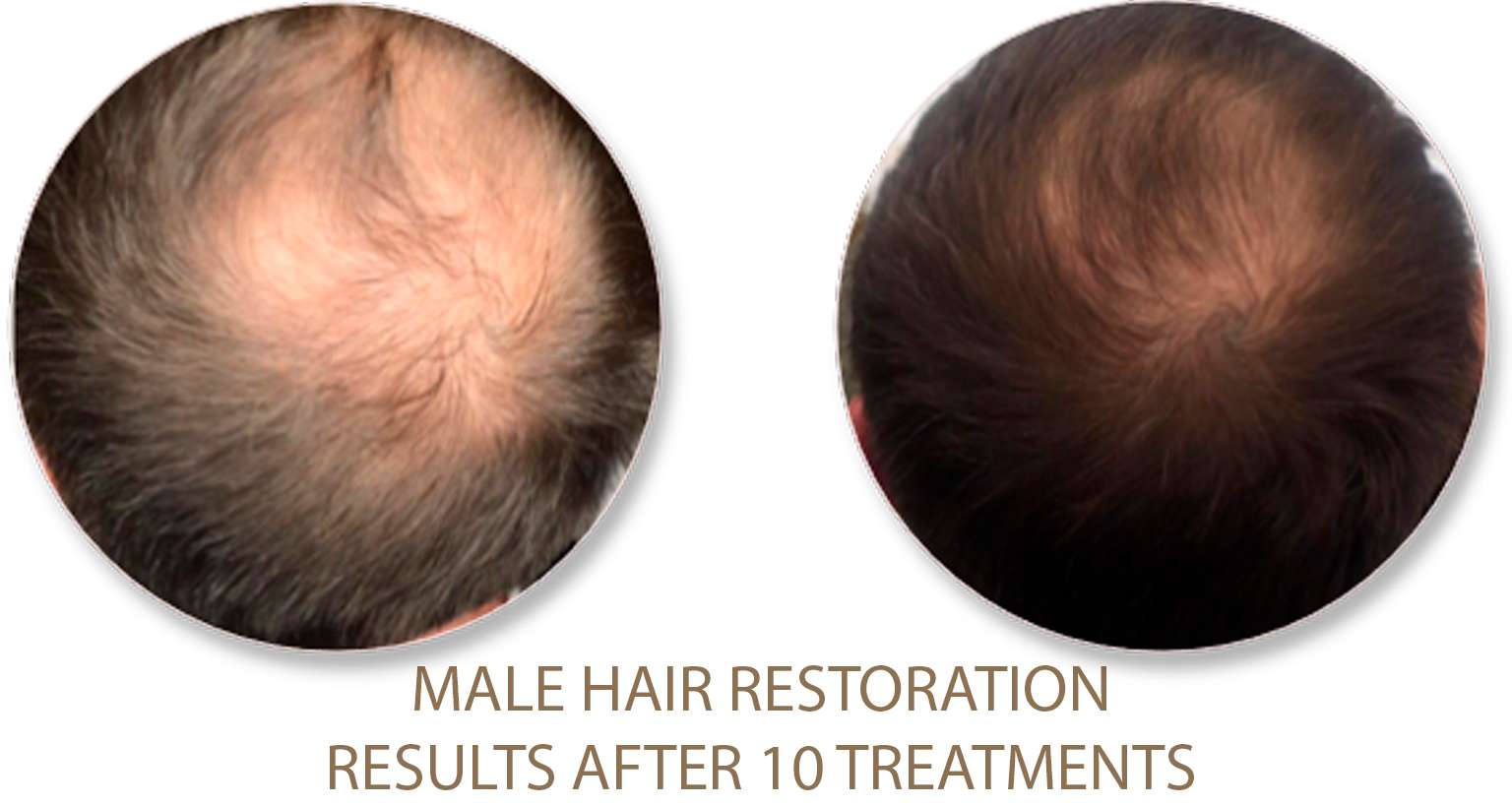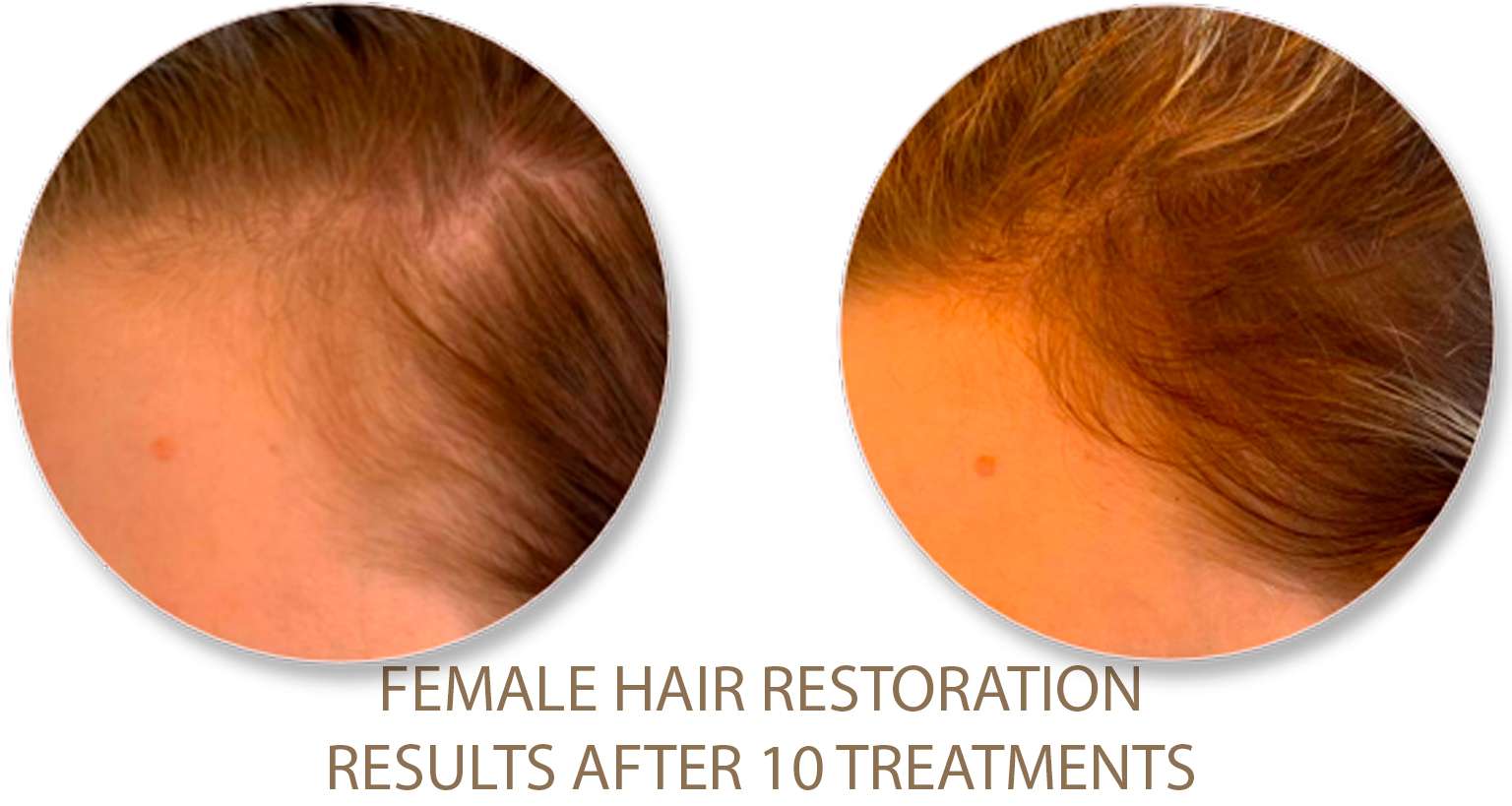Lines and Wrinkles.
Both lines and wrinkles can be a source of concern for some people who wish to maintain a more youthful appearance.
What Are Lines and Wrinkles?
Lines and wrinkles are common signs of aging that appear on the skin’s surface over time. They are typically associated with the natural aging process but can also be influenced by various external factors, such as sun exposure, smoking, and repetitive facial expressions. Here’s a more detailed explanation of each:
Lines:
Lines on the skin are generally finer and shallower than wrinkles. They often occur as a result of repetitive facial movements, such as smiling, squinting, or frowning. Over time, the skin loses its elasticity and the ability to bounce back, leading to the formation of lines, especially in areas of frequent muscle movement, such as around the eyes (crow’s feet) or mouth (smile lines).
Wrinkles:
Wrinkles are deeper creases in the skin that develop as a natural part of the aging process. As people age, the skin’s production of collagen and elastin (proteins that maintain its firmness and elasticity) decreases, leading to the appearance of wrinkles. Sun exposure, pollution, and lifestyle habits like smoking can also accelerate the development of wrinkles.
Common areas where wrinkles are prominent include the forehead, between the eyebrows (frown lines or glabellar lines), and around the mouth (nasolabial folds). Wrinkles can also occur on the neck and hands.
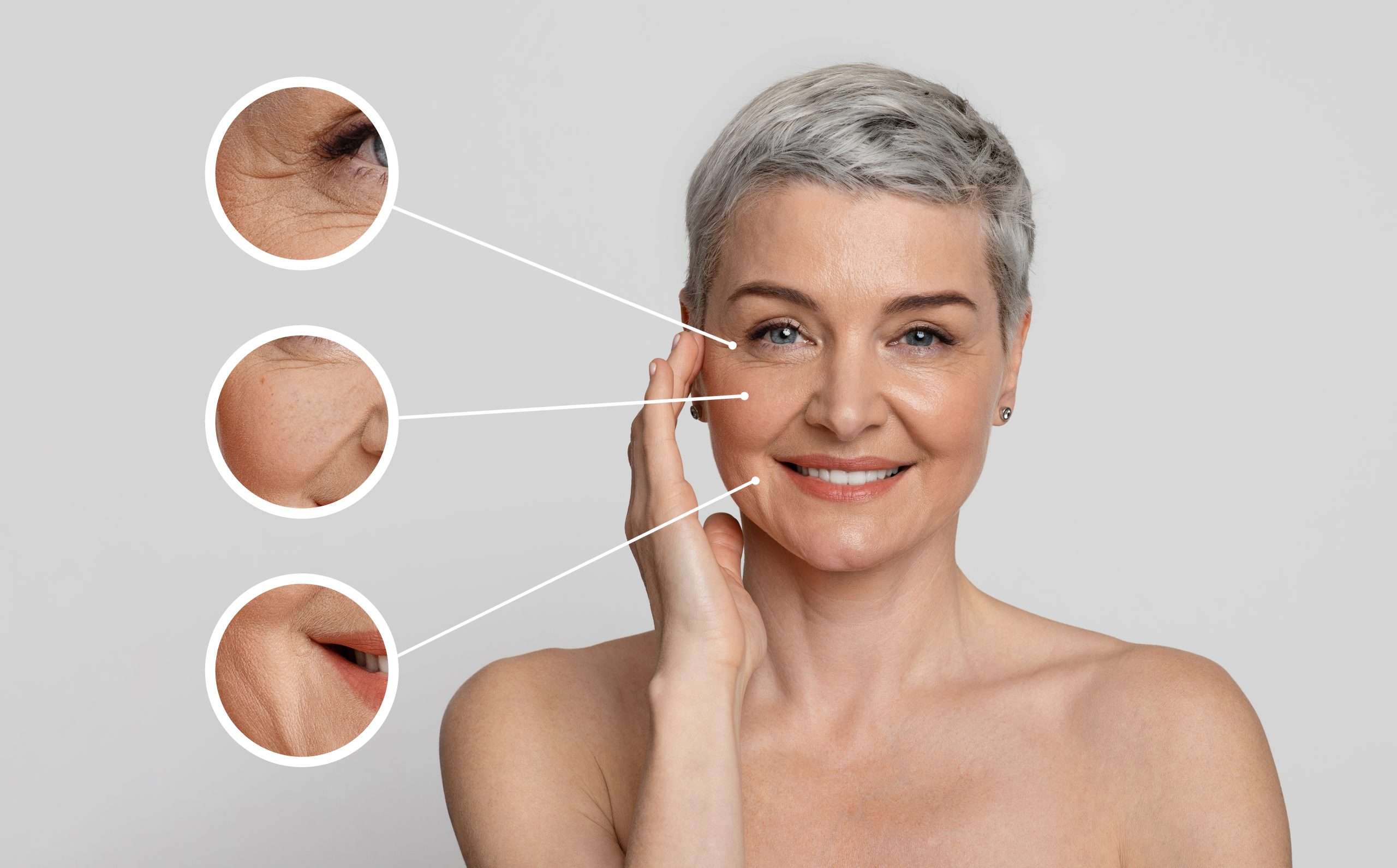
Treatments for Lines and Wrinkles Treatments
- Plasma Fibroblast Skin Tightening
- Plasma Jet
- PRX-T33 BioReVitalization
- Plasma Jet PRX-T33
- Microneedling PRX-T33
- BioRePeel
- Plasma Jet BioRePeel
- Combo Microneedling BioRePeel
- Microneedling RF
- Microneedling Dermclar
- Dermapen Microneedling
- DMK Enzymes Therapy
- Fractional RF
- Radiofrequency Skin Tightening
- Microdermabrasion
- Hydrodermabrasion
- Combo Anti-Aging
- LED Therapy
What causes Lines and Wrinkles?
Lines and wrinkles are caused by a combination of intrinsic and extrinsic factors. Intrinsic factors are the natural processes that occur within the body as it ages, while extrinsic factors are external influences that can accelerate the aging process.
Here are some of the primary causes of lines and wrinkles:
Decreased collagen and elastin production: Collagen and elastin are essential proteins responsible for maintaining the skin’s strength, elasticity, and firmness. As we age, the body produces less collagen and elastin, leading to the loss of skin elasticity and the formation of lines and wrinkles.
Facial muscle movement: Repetitive facial movements, such as smiling, frowning, or squinting, can contribute to the development of lines and wrinkles. Over time, these facial expressions can lead to the formation of lines in areas where the skin creases during these movements.
Sun exposure: UV rays from the sun can cause damage to the skin’s collagen and elastin fibers. This process is known as photoaging and can lead to premature aging, including the formation of wrinkles and fine lines.
Gravity: Gravity plays a role in the formation of wrinkles by pulling the skin downward over time. This effect is particularly noticeable in areas with thinner skin, such as the eyelids and cheeks.
Smoking: Smoking is harmful to the skin’s health as it narrows blood vessels and reduces blood flow, which can deprive the skin of oxygen and nutrients. Additionally, smoking leads to the production of harmful free radicals that can damage collagen and accelerate the aging process.
Poor diet: A diet lacking in essential nutrients, vitamins, and antioxidants can negatively impact the skin’s health and contribute to the development of lines and wrinkles.
Lack of hydration: Dehydrated skin is more prone to wrinkles as it loses its plumpness and resilience.
Genetics: Genetic factors also play a role in how the skin ages, including the likelihood of developing lines and wrinkles.
Hormonal changes: Hormonal fluctuations, particularly in women during menopause, can contribute to changes in the skin’s texture and hydration levels, potentially leading to the appearance of wrinkles.
It’s essential to understand that everyone’s skin ages differently, and the extent of lines and wrinkles can vary based on genetics, lifestyle, and environmental factors.
Testimonials
What Our Clients Say:











